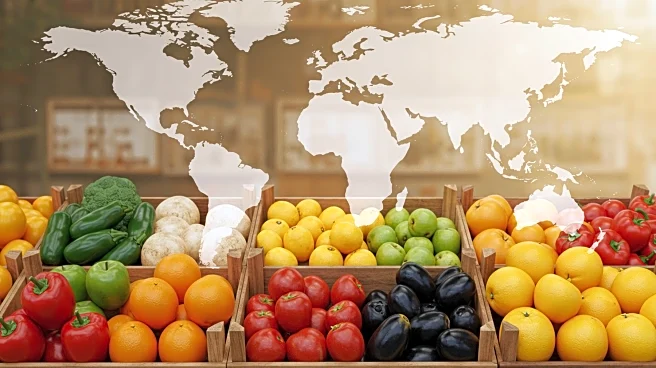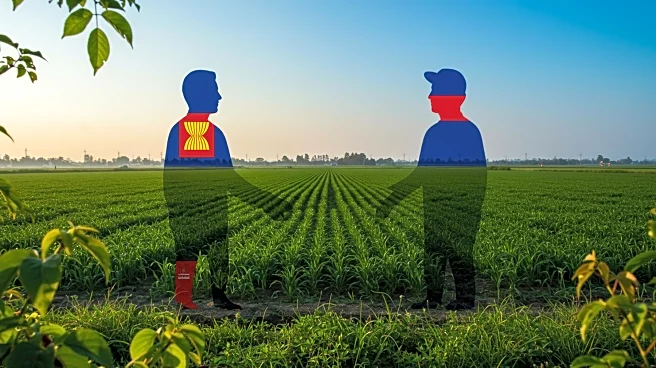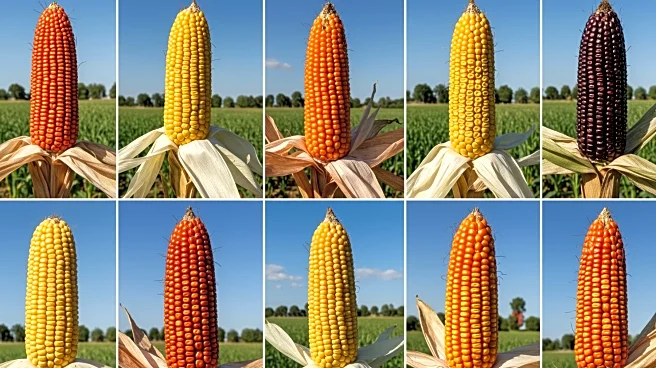What's Happening?
The Honourable Heath MacDonald, Minister of Agriculture and Agri-Food, has announced the initial list of regions eligible for the Livestock Tax Deferral program in 2025. This program is designed to assist livestock producers who are forced to sell part or all of their breeding herd due to adverse conditions such as drought, excess moisture, or flooding. The deferral allows these producers to postpone a portion of their income from sales to the following tax year, potentially offsetting the cost of reacquiring breeding animals and reducing the tax burden. The program includes buffer zones to capture producers outside the prescribed regions but facing similar conditions. The government will continue monitoring weather, climate, and production data to update the list of eligible regions.
Why It's Important?
The Livestock Tax Deferral program is crucial for farmers facing financial challenges due to environmental conditions. By deferring income, farmers can manage their tax liabilities more effectively, ensuring the sustainability of their operations. This initiative is part of a broader suite of business risk management programs, including AgriStability, AgriInsurance, and AgriInvest, which provide essential support to farmers dealing with disasters. The increased compensation rate and payment limits for AgriStability in 2025 further enhance the program's ability to protect farmers' livelihoods. These measures are vital for maintaining the agricultural sector's resilience and stability, which is a significant component of the national economy.
What's Next?
The government will continue to monitor conditions and update the list of eligible regions as necessary. Farmers are encouraged to utilize the available business risk management programs to safeguard their operations. The increased compensation rate and payment limits for AgriStability will be implemented in 2025, providing additional financial support. Stakeholders, including farmers and agricultural organizations, are likely to respond positively to these measures, as they offer critical assistance in managing the impacts of environmental challenges.











